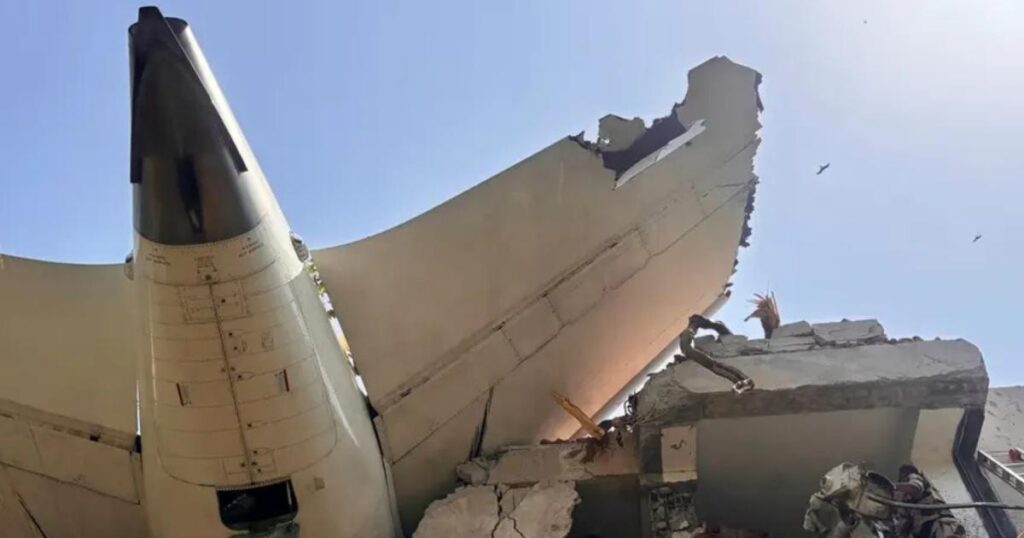Saurabh Bhatnagar told Indian news TV channel New Delhi Television LTD the incident appears to involve “multiple bird hits”.
He said: “It looks, prima facie, like a case of multiple bird hits wherein both the engines have lost power.
“The take-off was perfect and just, I believe, short of taking the gear up, the aircraft started descending, which can happen only in case the engine loses power or the aircraft stops developing lift.
“Obviously, the investigation will reveal the exact reason.”
Air India confirms that flight AI171, from Ahmedabad to London Gatwick, was involved in an accident today after take-off.
The flight, which departed from Ahmedabad at 1338 hrs, was carrying 242 passengers and crew members on board the Boeing 787-8 aircraft. Of these, 169 are…
— Air India (@airindia) June 12, 2025
He added that footage shows the plane “came down in a controlled fashion”.
Bird strikes are defined as a collision between a bird and an aircraft which is in flight, taking off or landing.
A large flock of birds entering an aircraft engine can cause power loss.
Efforts to reduce the number of bird strikes include using lights on planes to make them more visible to birds and making loud noises at airports to scare them away.
Latest Civil Aviation Authority figures show there were 1,432 incidents reported in the UK in 2022.
Professor John McDermid, of the University of York, said it was too early to know “in any detail” what may have caused the Air India incident, but the timing suggests the issue happened “very suddenly”.
He said: “Take-off and landing are the most dangerous phases of flight.
We can confirm flight AI171 that was involved in an accident on departure from Ahmedabad Airport today (12 June) was due to land at London Gatwick at 18:25 BST.
The Boeing 787-8 aircraft had 242 passengers and crew members on board.
London Gatwick is liaising closely with Air… pic.twitter.com/QDXfF6t8S9
— London Gatwick LGW (@Gatwick_Airport) June 12, 2025
“However, that said, it’s surprising that the accident occurred before the aircraft had even got to 200 metres altitude.
“Pilots can abort take-off until quite late in the take-off roll, so it seems like the problem occurred very suddenly in the final part of the take-off roll, or shortly after take-off, and was sufficiently serious to be unmanageable.
“Given the levels of redundancy in systems, the fact that aircraft are designed to climb out on only one engine, etc. on initial sight this seems a very surprising accident.”
Recommended Reading
Professor McDermid added it is “very unlikely” the plane was overweight or carrying too much fuel, as “there are careful checks on this”.
The accident will be investigated by India’s Aircraft Accident Investigation Bureau.
The UK’s Air Accidents Investigation Branch is also likely to be involved because of the number of British nationals onboard.
Officials have not confirmed the cause of the crash.




